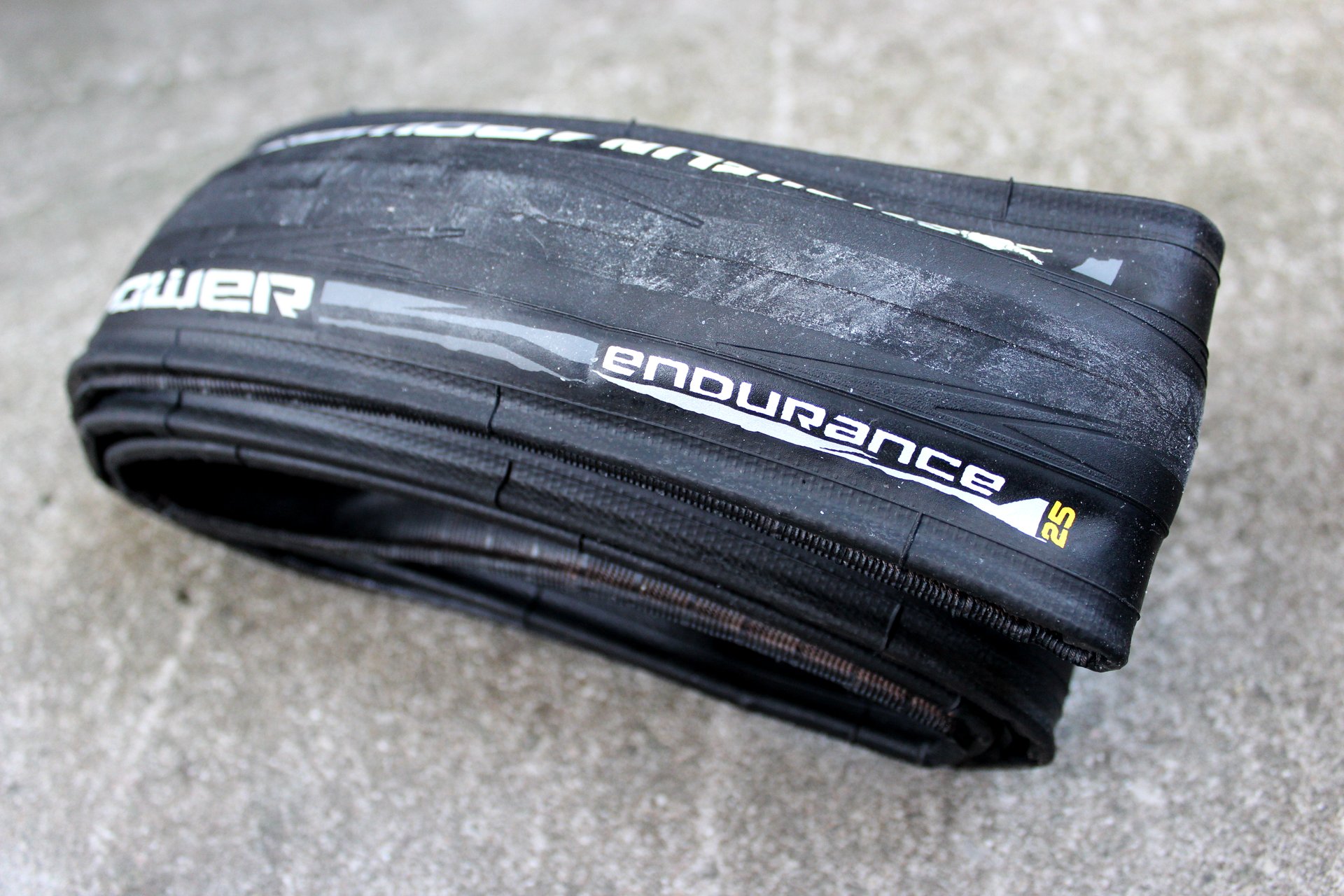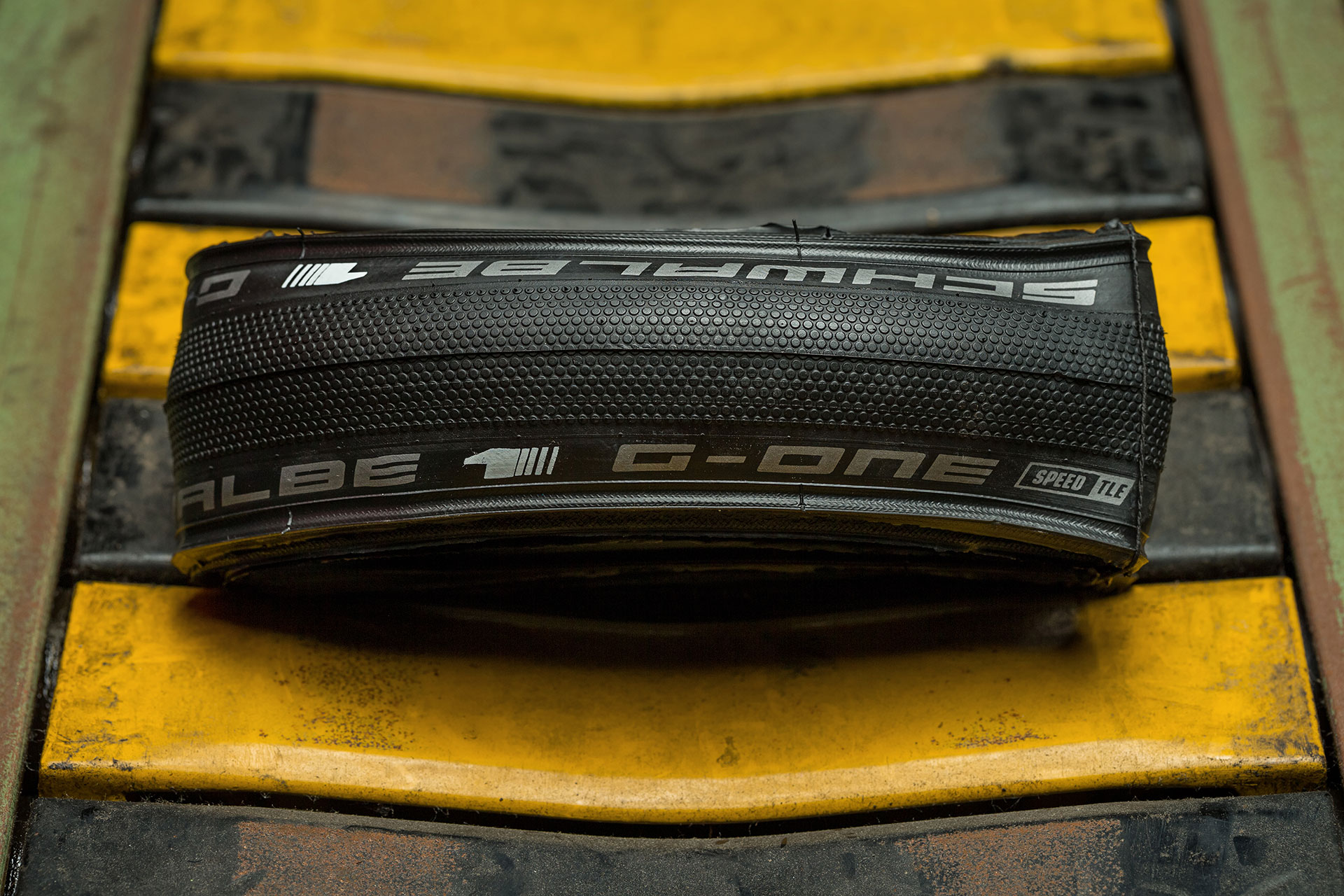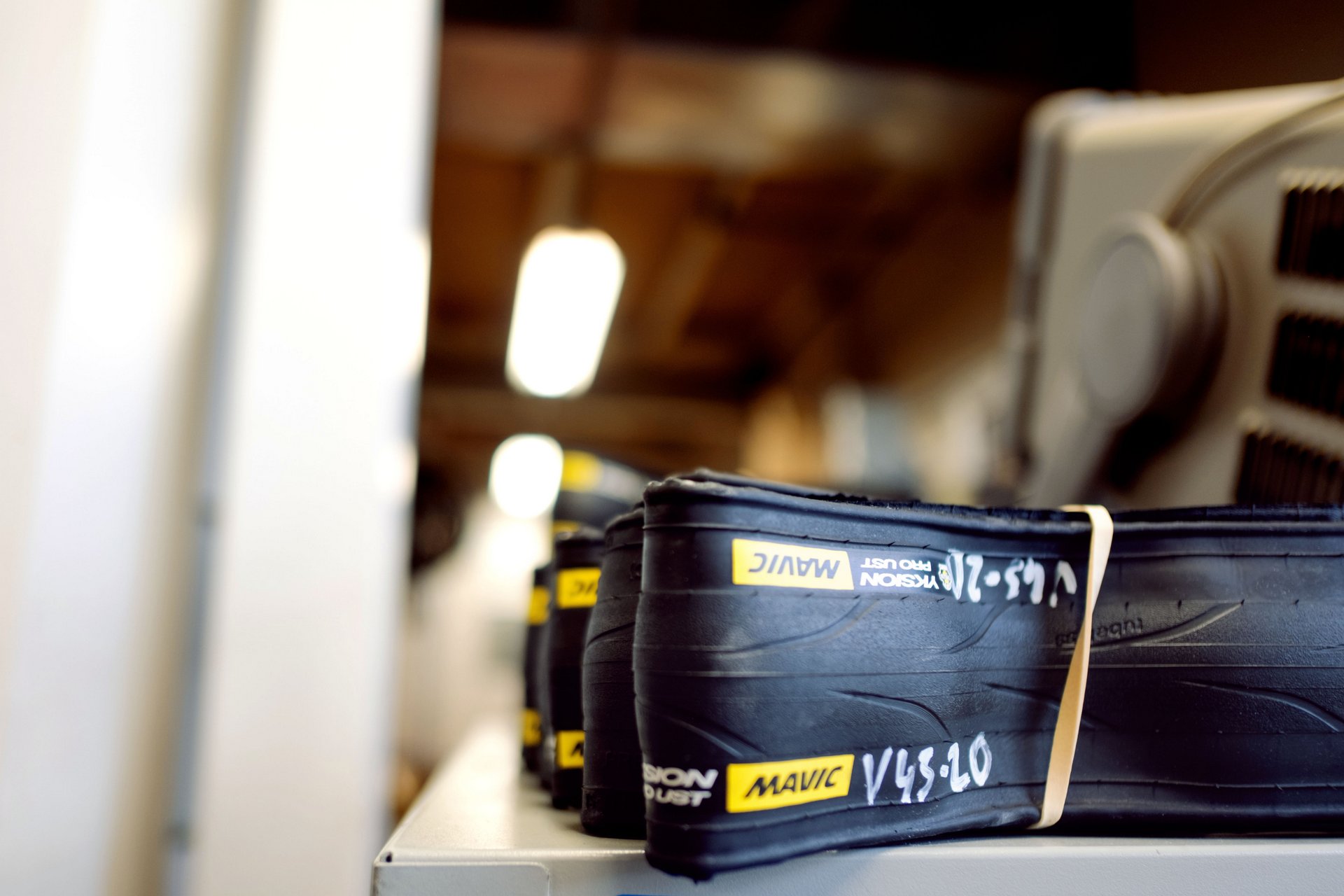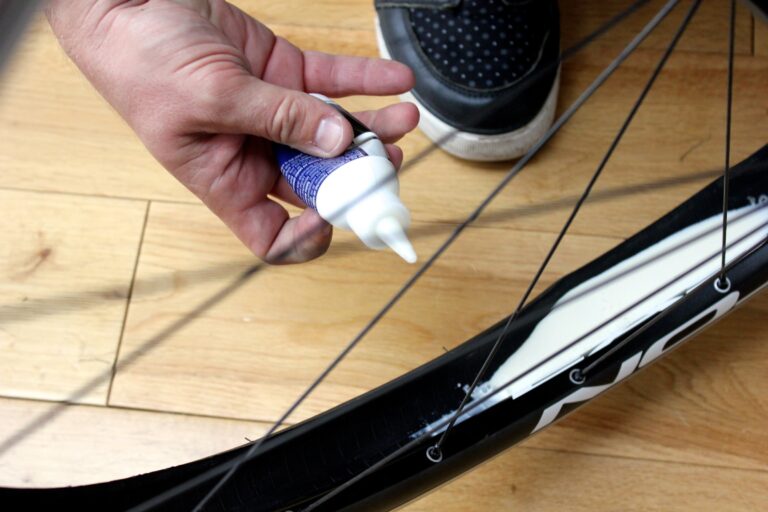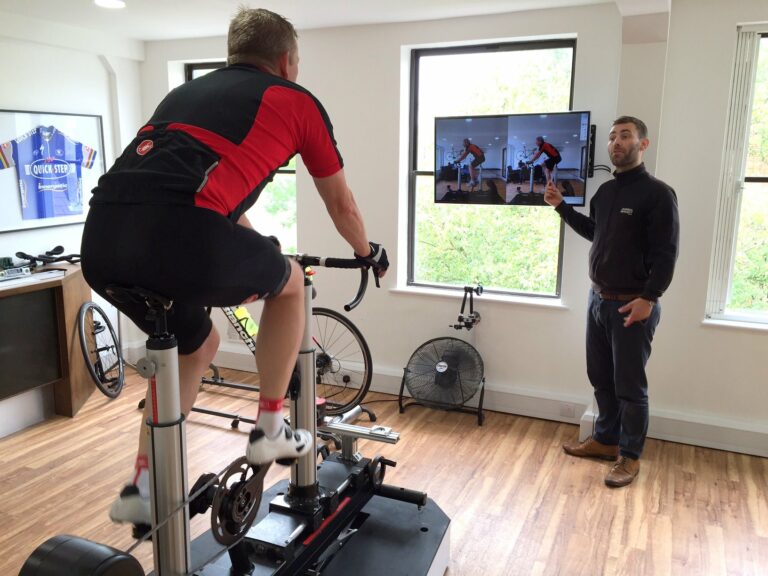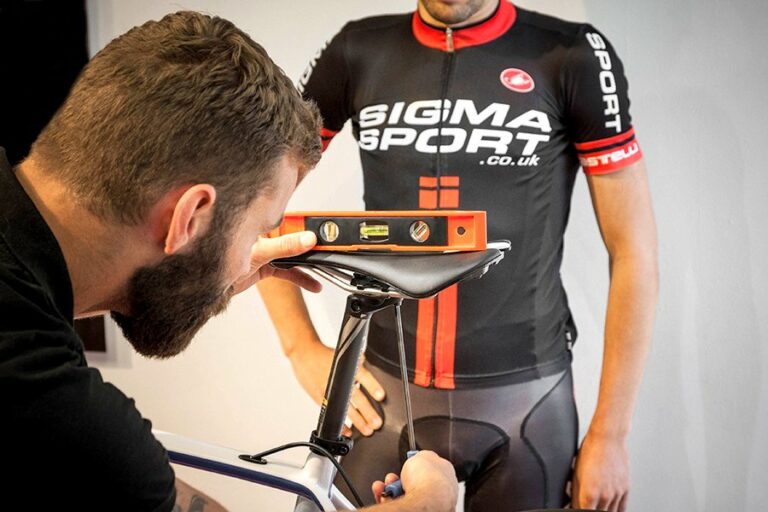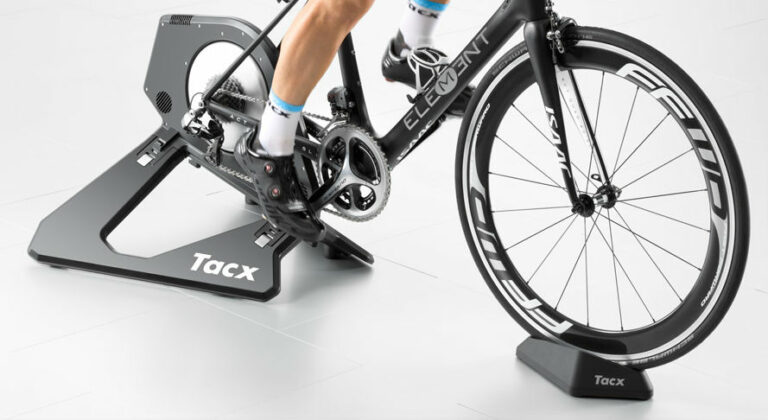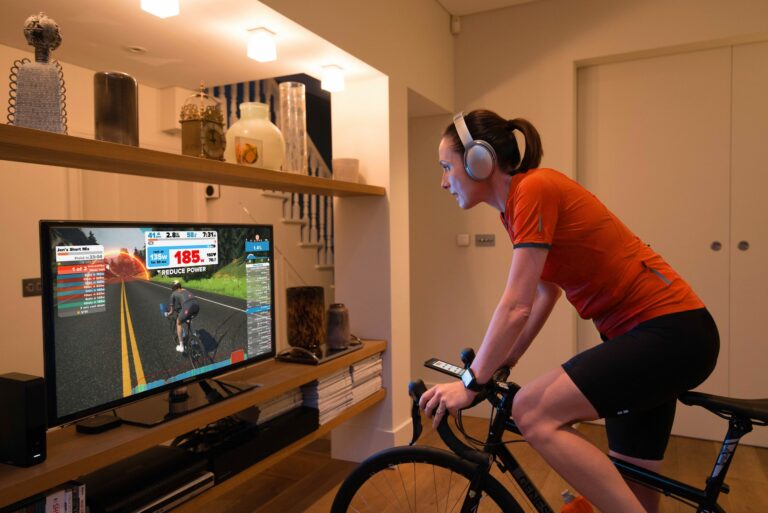A change of tyres can transform a winter’s riding.
There is little worse than standing at the roadside, wet through from the falling rain and hands numb with cold, trying to fix a puncture.
The roads are awash with debris (glass, flint, thorns and the like) in winter which increases the likelihood of picking up punctures, and while some riders swear by using a race tyre year-round and will roll through winter without picking up a single flat, multiple stops at the roadside can be enough to deflate the spirits of the most motivated rider.

Winter tyres (or rather, considering the prevalent conditions in the UK, the kind of fit-and-forget training tyres you can leave on your bike year-round) are typically heavier and less lively than summer race tyres. The key, then, is finding a all-round tyre that strikes a balance between grip, puncture protection, rolling resistance and ride quality. The best training tyres offer an element of all four.
With that in mind, here’s what to consider when buying a set of winter tyres, as well as some recommendations of our own. What’s your favourite winter tyre? Tell us in the comments section below.


